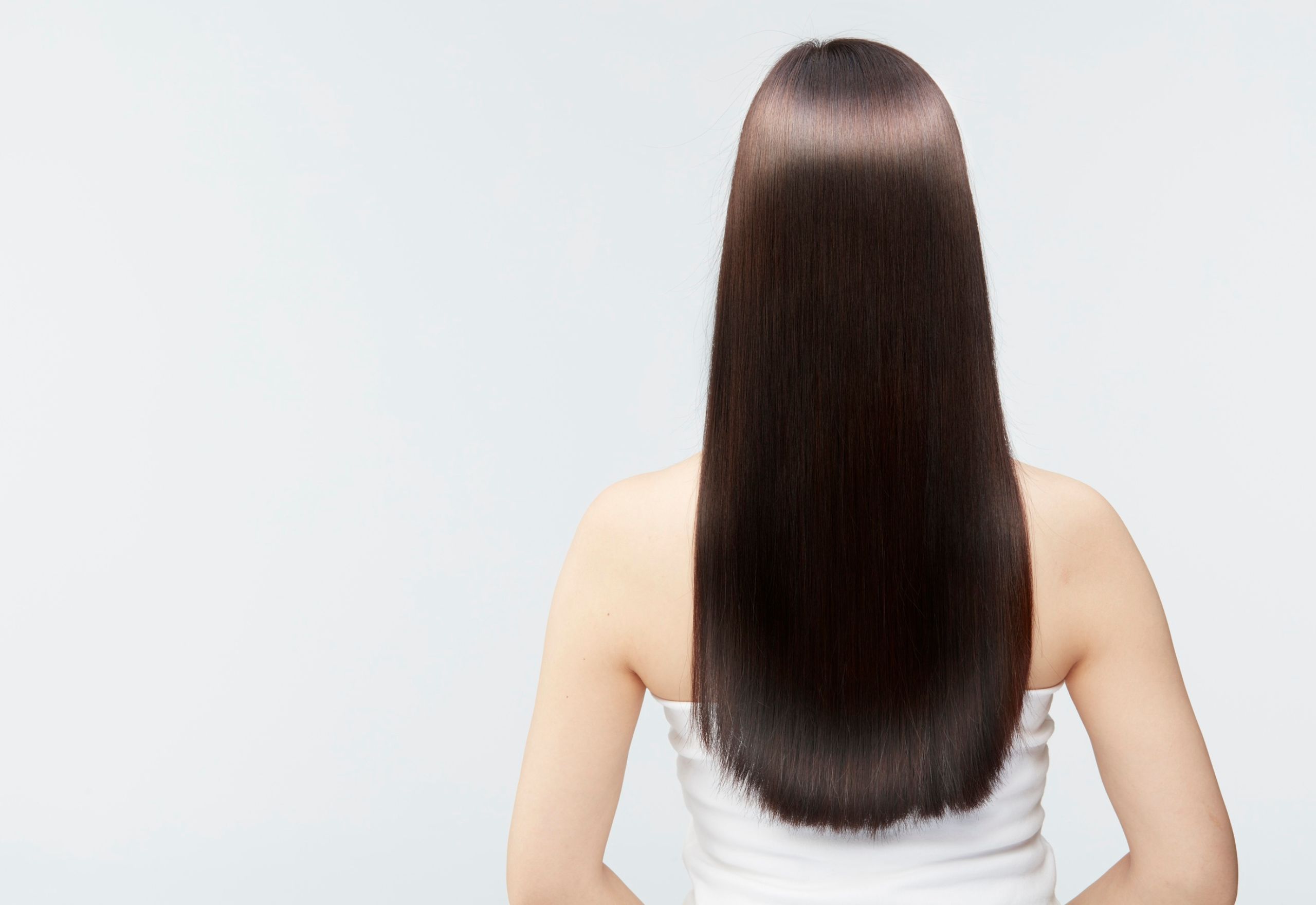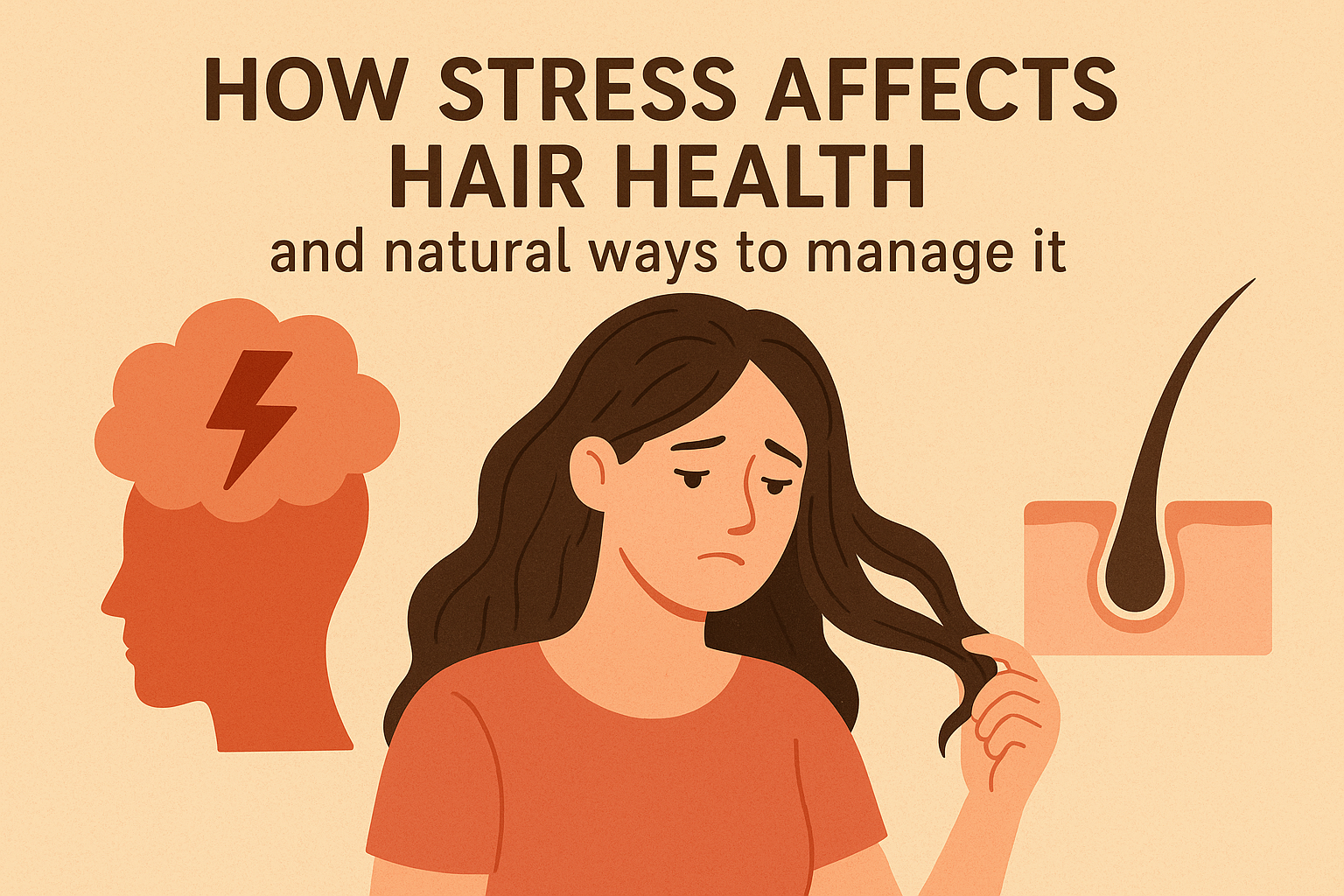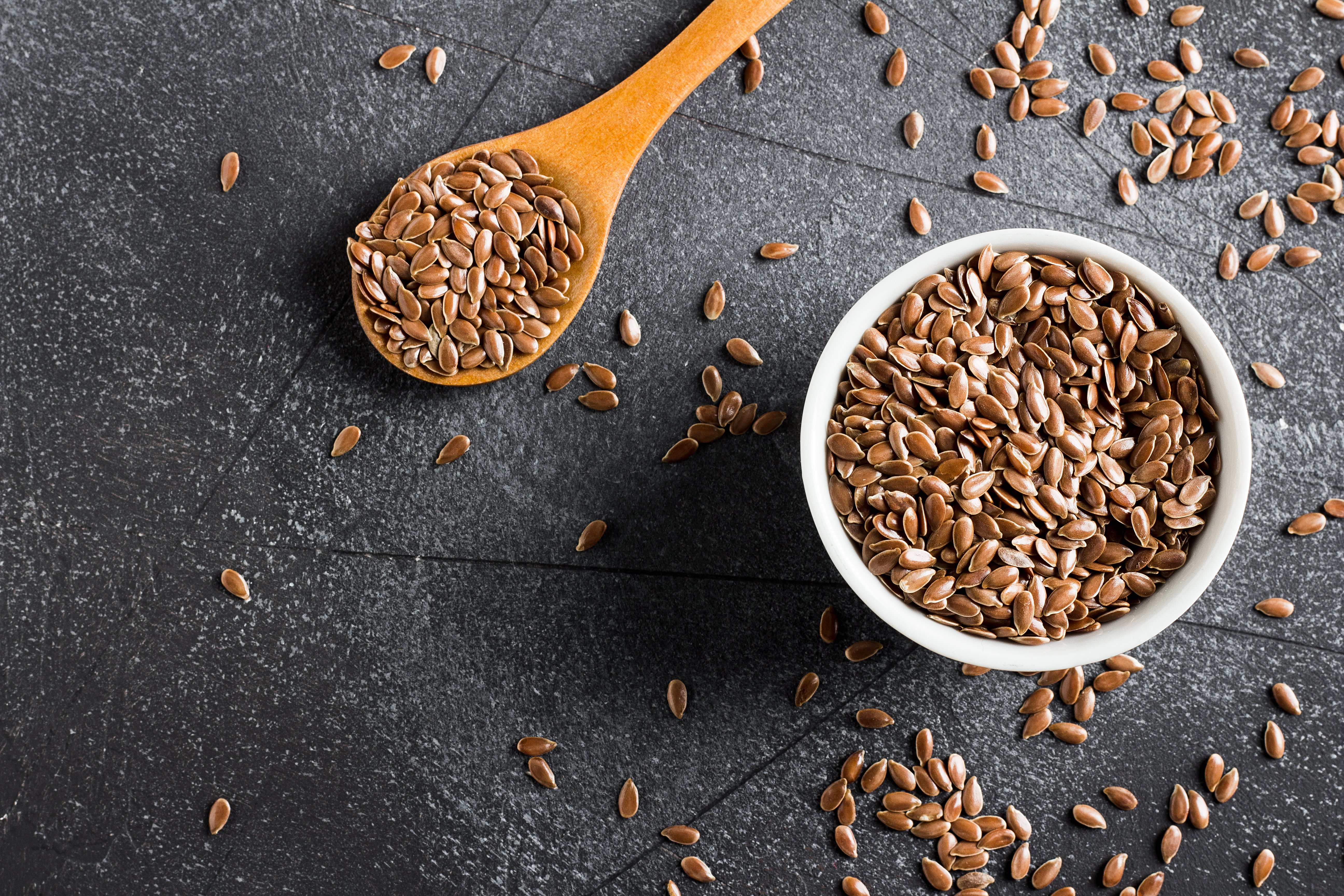Scalp detoxing is a trend that can be found in the hair care space that seems to share the same benefits: a healthier scalp overall, stronger hair growth, etc. While scalp detoxing appears to be popular, is it worth the hype or just another fad? Know what scalp detox is, how it functions, and whether it will help improve the health of your hair. It will also discuss safe, natural options for a scalp detox that will be effective.
What is Scalp Detox, and is it a thing?
Scalp detoxification is a process that cleanses the scalp to eliminate products, excess oil, and dead skin. Unlike washing hair the old-fashioned way, scalp detox focuses on the skin underneath the hair, and restoring balance to the scalp is legit. Although treatment for scalp detox for hair growth does not activate new hair growth, it creates a better condition for the follicles. Consequently, that may assist with it being able to function unimpeded. So many people are searching for how to detox your scalp naturally to maintain their long-term scalp and hair health.
Also Read: How to stop hair fall naturally at home?
Does Scalp detox help in Hair Growth?
There is no definitive proof that detoxing the scalp can lead to new hair growth. However, by removing some of the reasons that can prevent healthy hair and maintaining a clean, healthy scalp, you can enable the growth cycle to function optimally.
1: Removes Buildup: Scalp detoxing removes product buildup, oil, and dead skin that might be clogging hair follicles.
2: Decreases Inflammation: It allows the inflammation to settle down, especially if the inflammation is impacting normal hair growth.
3: Encourages Circulation: As you detox your scalp, you may be able to help improve circulation to the hair root.
4: Resets Oil Production: Detoxing your scalp can reset excessive oil production and help prevent a greasy or excessively dry scalp.
These are the reasons why scalp detox is a good part of supporting a system where healthy hair can thrive. So, does scalp detox help hair growth and the answer is yes indirectly. A scalp detox won’t grow your hair for you, but it will remove some of the roadblocks to growing your hair.
The Therapeutic Advantages of Scalp Detox
It is critical to maintain a balanced and clean scalp to support healthy hair. Even though scalp detox is not considered a medicinal treatment, it may help resolve a few scalp-related issues when correctly utilized. Knowing the benefits of scalp detox can help explain why it is often prescribed in a long-term hair care regimen.
1. Removes Product and Oil Buildup
Eliminates excess sebum, sweat, and remnants that may block hair follicles.
2. Unclogs Hair Follicles
Removes congestion around hair follicles to support normal hair function.
3. Balances Scalp pH
Assists with maintaining a healthy pH level, which supports the scalp’s barrier.
4. Decreases Itching and Flaking
May soothe minor irritation by eliminating product buildup and calming dry skin.
5. Improves absorption of product
Allows oils and treatments to penetrate more effectively.
6. May reduce microbial load
It may reduce fungi or bacteria known to aggravate dandruff and sometimes cause uncomfortable irritation.
These benefits of scalp detox as a support tool can be beneficial for anyone who wants to improve their scalp health and proceed to diminish some of the common issues that may prevent healthy hair growth.
Also Read: Which oil is best for hair growth and thickness?
Scalp Detox and Hair Growth Myths vs Facts
As interest in scalp care increases, so do myths. Differentiating myth and fact is important to help you better manage realistic expectations when it comes to scalp detox for hair growth and other practices.
| Myth | Fact |
| Scalp detox grows new hair quickly | It doesn’t stimulate new growth directly. It supports scalp health, which may influence hair quality over time. |
| Only chemical products can detox the scalp effectively | Many people explore how to detox your scalp naturally with simple, safe ingredients like apple cider vinegar or clay masks. |
| If hair isn’t growing, detoxing will fix it | Not always. Hair loss can be due to hormones, medical conditions, or genetics. Detoxing only addresses surface buildup or irritation. |
| The more often you detox, the better | Over-detoxing can irritate the scalp. Gentle, occasional detox is usually enough. |
Having these facts in mind helps frame the actual benefits of scalp detox without overstating its importance.
How to Detox Your Scalp the Natural Way
Natural scalp detox methods are about removing the buildup and balancing oil without harsh chemicals. They are simple, natural methods you can do regularly that can be part of a more comprehensive regimen of scalp health. If you would like to know how to detox your scalp naturally, you can do it in a couple of simple, natural ways.
1: Gently exfoliate your scalp using a mild sugar or oatmeal scrub to exfoliate dead skin and product build-up.
2: Rinse your scalp with diluted apple cider vinegar (ACV) to balance your scalp’s pH.
3: Massage diluted essential oils like rosemary or tea tree for their antiseptic properties as well as for circulation.
4: Limit the use of styling products to allow the scalp to regain a balance of oil.
5: Detox 1–2 times a month to avoid overwashes or aggravation.
These methods support scalp detox for hair growth naturally.
Also Read: Does scalp massage help in hair growth?
Considerations and Precautions
Scalp detox can help to support scalp health, but it needs to be done safely. The overuse of treatments or inappropriate scalp detox methods can irritate or swing the balance of the scalp even further. For maximizing the benefits of scalp detox, consider all of the following:
1: Avoid harsh scrubs or aggressive tools that may compromise the skin barrier.
2: Do not over-detox! Most scalp types will support once a month or once every two months.
3: Do a patch test on natural substances (i.e., vinegar, clay, or oils) to test if you will be irritated.
4: Speak to a dermatologist if you have conditions affecting your scalp (i.e., eczema, psoriasis, or flaking).
5: Follow a scalp detox with moisture! You do not want to cause undue dryness following a detox with clay or vinegar.
6: Skip the detox after chemical services like coloring or straightening, as the scalp may be especially vulnerable to deterioration.
7: Do not use essential oils directly on the scalp unless diluted in a carrier oil.
8: Do not detox with multiple methods at once! You may cause overstimulation or irritation of the skin.
When done with intention, scalp detox to promote hair growth can be a safe process and support your routine, especially when informed by the condition of the scalp.
When you might want to consider a scalp detox as part of hair care
Scalp detox would not be warranted for all clients, but it can be helpful in certain situations, and knowing when scalp detox is appropriate can elevate your hair care regimen. Below are signs that are potential indicators to consider a scalp detox option for hair growth and overall scalp health:
1: Visible product buildup or residue from the routine use of shampoo.
2: Itchiness of the scalp without any identified medical cause.
3: Oily scalp with flat, limp hair soon after regular shampooing.
4: Usage of frequent styling products, dry shampoo, or sprays.
5: Mild flaking or dullness of the scalp, but ruled out dandruff or skin disorders.
6: Increased exposure to pollutants and hard water.
7: No consideration or care of the scalp is taken, especially if you are fixated with hair length alone.
In situations like these, a gentle detox may help with the clarity of the scalp, and, in the long term, incidences of scalp detox benefits when used safely and responsibly.
Also Read: Is leave-in conditioner good for frizzy hair?
Conclusion
Scalp detox isn’t going to fix your hair loss, but when done properly and with awareness, it can support a healthier scalp. Managing buildup and maintaining balance also has the potential to contribute to the long-term care of your scalp. Choosing to use simple natural approaches or doing an occasional scalp detox or cleansing should be done in moderation. If the goal is to support the overall health of your hair, especially if you are using a scalp detox for hair growth purposes, balance is the main takeaway, and be attuned to the needs of your scalp.
FAQs
1. What ingredients should you look for in a scalp detox product?
You’d want to use products with gentle cleansers that incorporate natural oils, mild exfoliants like finely ground oats or fruit extracts, and soothing ingredients such as aloe vera. You want to avoid products that contain sulfates and fragrances, as those may irritate the scalp.
2. Can scalp detox alleviate scalp odour issues?
Yes. A mild detox can remove perspiration, excess oil and product build-up, which contribute to odour. Using mild cleansers with antibacterial or antifungal properties, such as tea tree and neem, can help to maintain the scalp’s freshness without stripping the natural moisture.
3. How do I detox my scalp naturally at home?
You can use diluted apple cider vinegar, clay mask, or some gentle scrub with sugar and oil to detox your scalp; these ways will help detox your scalp, but without any harsh chemicals in that area.
4. How are scalp detox and clarifying shampoo different?
Scalp detox and clarifying shampoo are not the same. A scalp detox is a treatment used on the scalp and hair that uses several different exfoliating ingredients to detach the buildup and allows for a refreshed feeling for the scalp. A clarifying shampoo is usually focused on cleaning the hair shaft, removing product buildup, oils, and minerals and generally does not exfoliate the scalp.
5. Is scalp detox safe when pregnant or breastfeeding?
If you use mild products that are pregnancy-safe without harsh chemicals, strong scents, or essential oils known to create sensitivities; then yes. Always check labels, avoid high strength acids, and speak with your doctor before starting any new scalp product or treatment during this time.
6. Is scalp detox for hair growth suitable for all hair types?
Yes, but frequency and method should vary. People with dry or sensitive scalps should detox less often and use gentler ingredients.
7. Can essential oils be used for a scalp detox?
Essential oils like rosemary or tea tree oil may aid in scalp health, but always make sure to dilute them in a carrier oil first or use the minimum amount before applying to prevent irritations.
8. Will a scalp detox cure my dandruff?
It doesn’t have to be. If your dandruff is from a fungus or skin condition, you may need medical treatment.
9. Is there a benefit in using chemical-based scalp detox products as opposed to an all-natural detox?
Not necessarily. Many people prefer all-natural methods because these can lead to irritation-free scalp procedures. Ultimately, it is important to find a method that works well with your scalp, condition, and hair care routine, as people achieve detox success in many different ways.
10. When should I not do a scalp detox?
Do not attempt a scalp detox that is inflamed, sunburned, or recently prone to chemical products such as hair dye, bleach, or relaxers.


